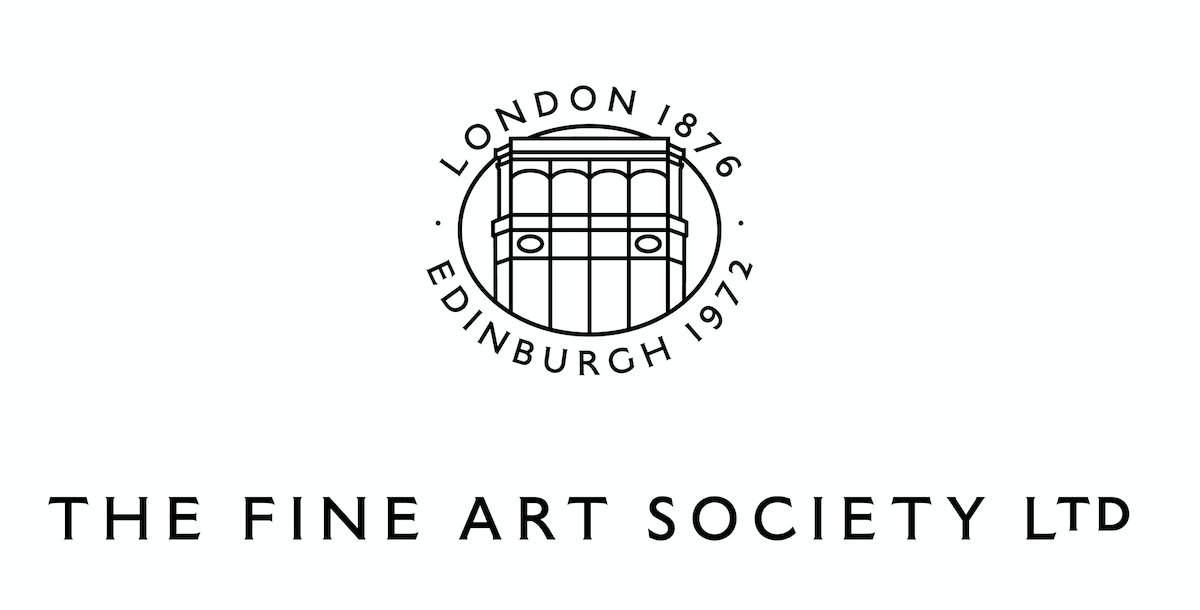JOAN EARDLEY BY OSCAR MARZAROLI
-
-
-
While there is no doubt that Marzaroli was a documentary photographer - a much debated area of photography – he engaged with his subject in a way his predecessors hadn't. The realism and objectivity to which photographers aspire are often impossible to disconnect from their own values, political and moral. The subject of twentieth-century documentary photographers was that of the urban masses. It was witness to their living conditions, the hardship and in the work of Marzaroli, a decade of rapid social and political change. Documentary recording of Glasgow was plentiful in the 100 years up to 1960, but few recorded it thereafter.
Marzaroli and Eardley took the seemingly ordinary and every day and showed it to be exceptional and often humorous. Neither were voyeuristic; they were participants and allies. Dr Tom Normand of the University of St. Andrew's notes: 'it is difficult to view Marzaroli's ideological position as paternalist, in the manner of Thomas Annan, or even as socially concerned reformism, in the style of the documentary radicals from the 1930s. Rather, Marzaroli presented a documentary form that offered a non-judgemental reportage which nevertheless viewed its subject with respect and something approaching awe. Leaping from both their work is resilience, defiance, humour and an understanding of the malleable nature of youth.
-
-
CLICK HERE TO SIGN UP TO RECEIVE THE FINE ART SOCIETY'S JOURNAL



